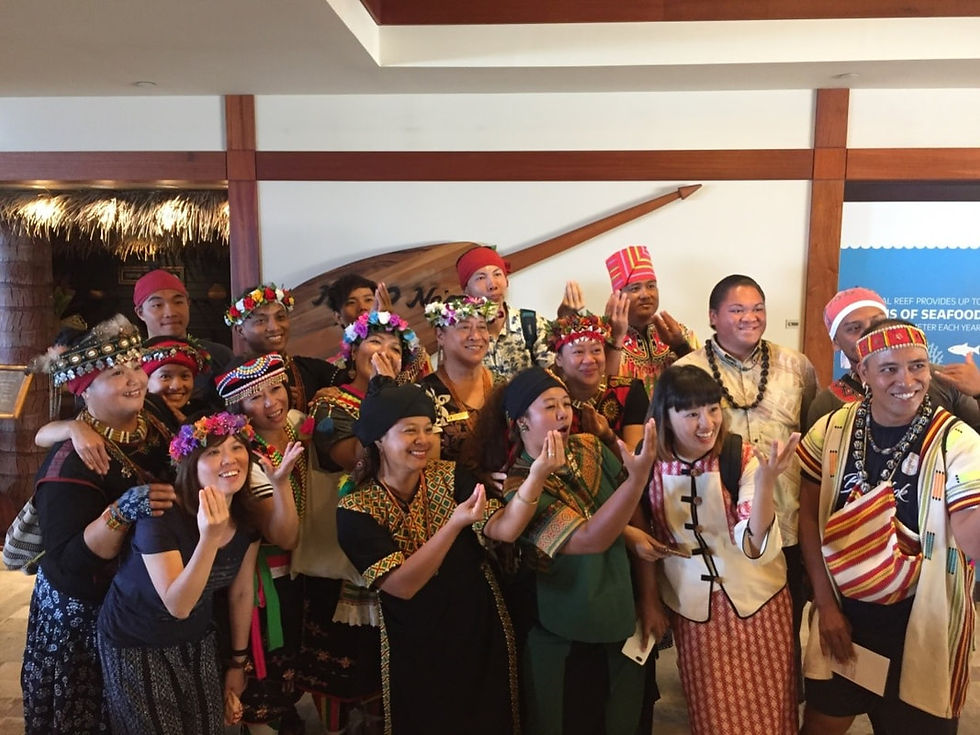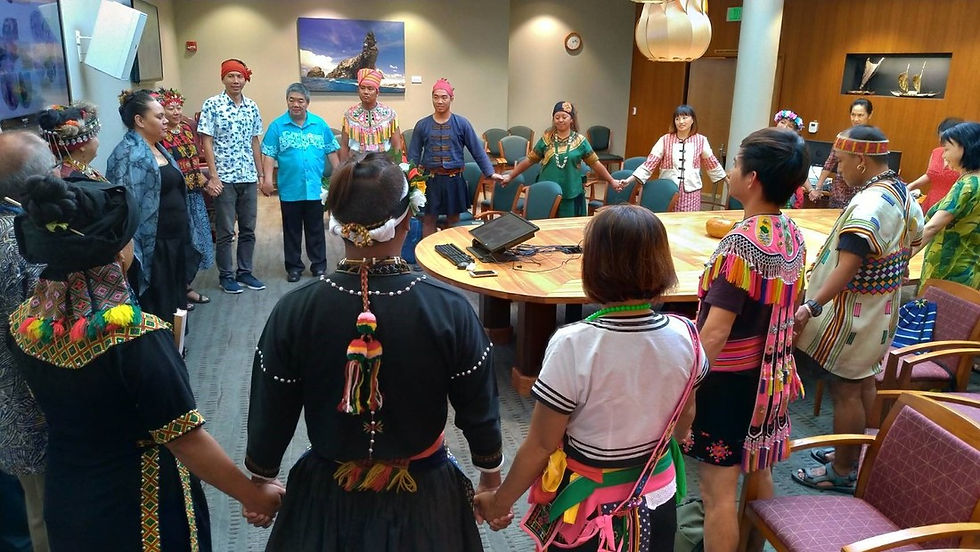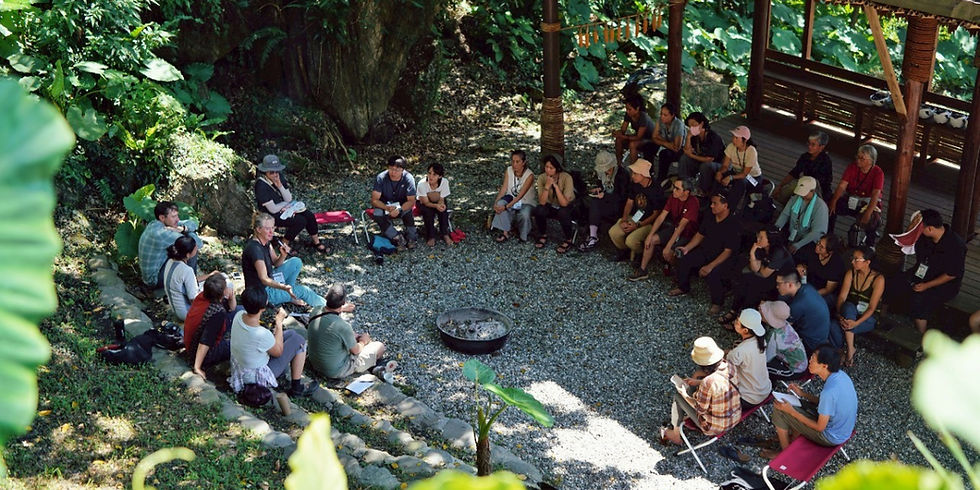Hawaii 2018 Cultural Sustainability Educational Tour
- ACFI

- Feb 26, 2019
- 3 min read
Updated: Mar 1, 2019

The Alliance Cultural Foundation's (ACF) third annual Hawaii 2018 Cultural Sustainability Educational Tour, dated 7-16 October, brought together individuals from across the private, public and non-profit sectors to embark on a journey of co-learning through exploration. From government policy makers, policepersons, cultural workers, tribal workers to teachers, the sixteen participants were grouped to be the driving force of sustainable change and growth in the Huatung region. They visited native Hawaiian villages – the Kahana Valley and Kalapana Town, Brigham Young University-Hawaii (BYUH), Polynesian Cultural Center (PCC), the Hawaii Volcanoes National Park and Pearl Harbour to name a few. On the 17th October, the team shared their findings and fresh perspectives.

At the Kahana Valley, tribe elders were especially touched to see the group’s interest in their village culture. In the village, a majority of youths leave to build their lives elsewhere. They shared stories of the Kahana Village, a land which first belonged to Hawaiian’s dynasty then became farmland to the Chinese and beach to the white Americans; when it was eventually bought back by the native Hawaiians, the government acquired it shortly after in exchange for a 100-year lease. With the lease ending in 2035, the natives are hopeful to one day buy back the land that was formerly once theirs. A similar version of the story is shared among many indigenous communities worldwide.

The Kalapana Town, sometimes known as the lost village, is where descents of King Kamehameha, the founder and first ruler of the Kingdom of Hawaii, still reside. In visiting the town, the group witnessed stones engraved ‘HAWAIIAN KINGDOM is still here, we never left’. It was a powerful message that left a lasting impression on the team.

During the visit to the BYUH and PCC, the team was especially touched by David K. Preece’s lecture. Preece, the founding Academic Director of BYUH’s Center for Hospitality & Tourism, shared on the topic of a ‘Sense of Place’. The lecture gave perspective to how a sense of place can be created; one example being the PCC which has become not only the representation of Polynesian culture and its community, but a main economic source in its region.

In the group’s encounter with PCC’s Seamus Fitzgerald, Director of Talent Management, they found meaning in his words which quotes, “You have to succeed to survive, but you need your heart with the ancestors because they tell you how to stand up; but never forget, all are created by God, only when we [give] it [our] all, can we succeed.” In following Fitzgerald’s talk, the team further understood the purpose of the Cultural Sustainability Educational Tour. Those who once thought mainstream and tradition could not coexist gained perspective that in order to survive, one must accept mainstream while staying connected to tradition.

In the group’s visit to the Hawaii Volcanoes National Park, they saw the importance of good storytelling and the impact it can make on one’s experience to learn about another’s culture and history. They felt that their guide could have shared more on the myths of Hawaii, and reflected on how they would do if put under the same position to touch people’s hearts.
At the Outrigger hotel, the team was able to experience the Outrigger hospitality as well as be witness to its cultural and environmental values. In engaging with hotel staff, they connect with the local culture, even learning basic ukulele and hula dance.

At the Office of Hawaiian Affairs (OHA), the team had the opportunity to learn its organizational structure. Since the year 2000, any resident of Hawaii can be elected as a member of the board. Additionally, each Hawaiian senate must undergo training designed by OHA to learn the native culture, policies. Its practices allow the government and people to co-work, and opinions of all Hawaiian residents are accepted.
Through the tour, the group met diverse cultures of people who come together valuing and respecting the native Hawaiian culture. The Cultural Sustainability Educational Tour group, one who would otherwise not have had the opportunity to cross paths so intimately, ends their tour fruitfully understanding that with every end is the beginning of change.





Comments